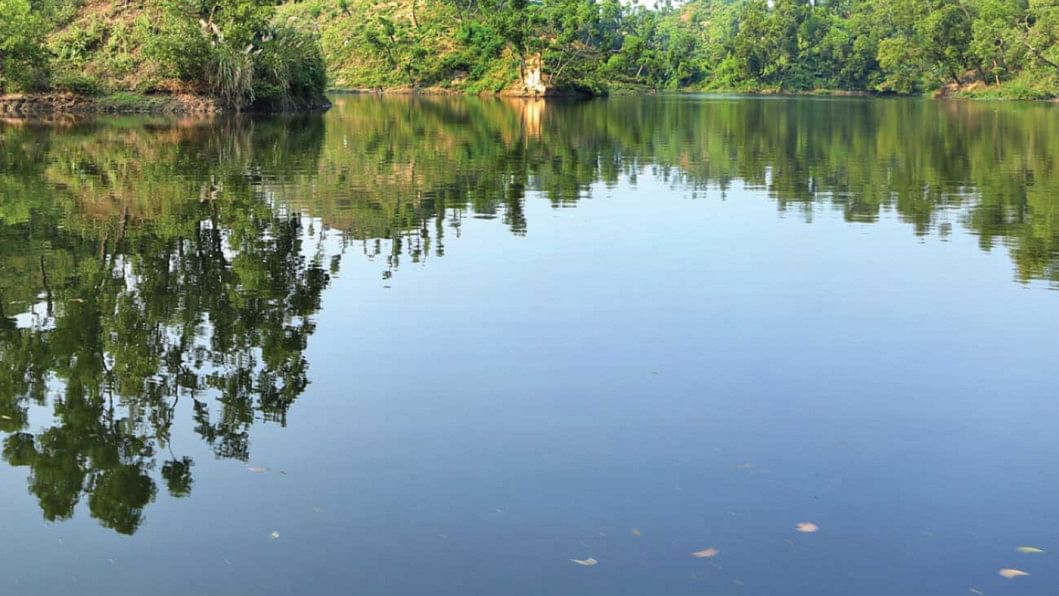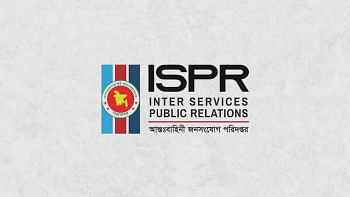SAVING RAIN WATER

South Asia has a long drawn history of rain water harvesting. In many places of South Asia, including Bangladesh, rain water harvesting and water tanks can be traced back to the 9th or 10th Century AD. To this day, water is considered sacred by people living in rural areas, and they ensure that even an ounce of this "precious gift of nature" is not wasted and best use is made of it.
People in Bangladesh have been getting water from ponds and dighis(small water bodies), collecting rain water on rooftops in traditional clay pots from age immemorial. During the pre-Maurayan period, a unique water reservoir system was used in Wari Bateshwar to collect and preserve water.
Interestingly, the method of rain water collection on rooftops has been practiced in our society for thousands of years. This does not only satisfy the need for clean water in many villages but also helps them to preserve water for subsequent dry spells.
Architect and Environment Activist, Iqbal Habib believes that we can adopt this indigenous method in our everyday urban lifestyle. "Access to clean drinking water has been a pressing issue in big cities like Dhaka. The government should make laws to ensure water harvesting zones in the city and, of course, on high rise buildings," he says.
Rooftop catchments and rain water collection is practiced to this day in rural villages. They put a simple vessel on the edge of the roof that drains rain water into a pot placed on the ground below. However, the amount and quality of rainwater collected depends on the area and the type of roofing materials used.
Underground reservoir systems could also be introduced in urban cities to preserve enough water to cater to a whole city. Iqbal Habib believes that introducing sand-filter water collection is not very difficult in big cities. A proper guideline and government initiatives are all that is needed to make people aware about rain water harvesting.

 For all latest news, follow The Daily Star's Google News channel.
For all latest news, follow The Daily Star's Google News channel. 



Comments